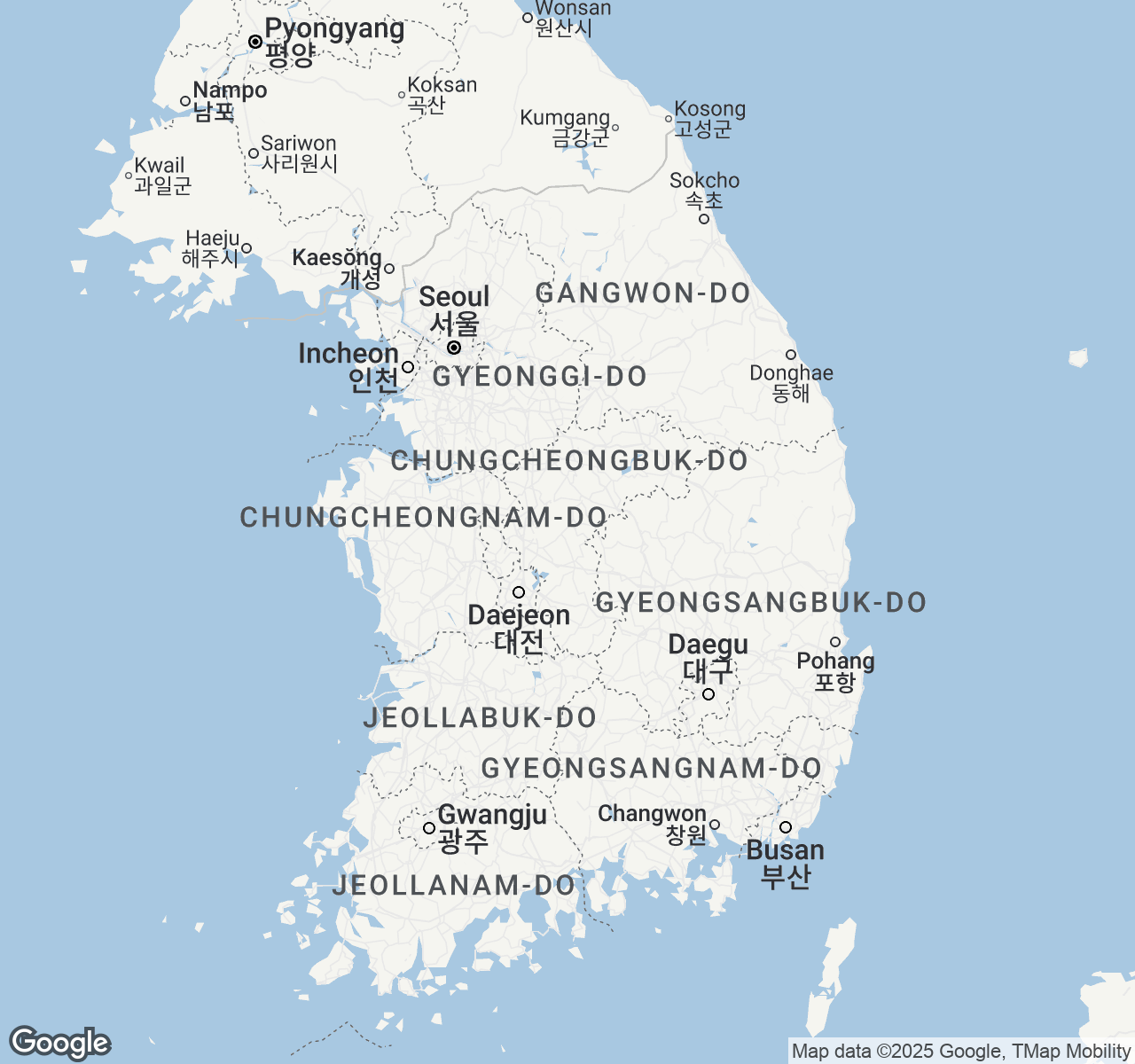
Things to Do in South Korea
Discover the best of South Korea
Plan Your Trip
Essential guides for timing and budgeting
Top Things to Do in South Korea
Discover the best activities and experiences. Book now with our trusted partners and enjoy hassle-free adventures.
Your Guide to South Korea
About South Korea
South Korea pulses with an extraordinary energy where ancient traditions easyly blend with cutting-edge innovation. In Seoul's neon-lit streets, you'll discover centuries-old palaces standing proudly beside gleaming skyscrapers, while the aroma of sizzling Korean BBQ mingles with the gentle fragrance of cherry blossoms. This peninsula nation offers a sensory journey unlike any other—from the meditative tranquility of Buddhist temples located in misty mountains to the busy chaos of bustling night markets. Experience the warmth of Korean hospitality, where strangers become friends over shared meals of kimchi and soju. Whether you're soaking in natural hot springs, hiking through pristine national parks, or immersing yourself in the global phenomenon of K-culture, South Korea captivates with its perfect harmony of reverence for the past and ambitious vision for the future. Every corner tells a story of resilience, creativity, and an indomitable spirit that has transformed this nation into one of Asia's most compelling destinations.
Travel Tips
Transportation: Purchase a T-money card at subway stations for easy travel across Seoul's extensive metro system. Download Citymapper app for real-time directions. High-speed KTX trains connect major cities efficiently—book seats in advance during peak seasons.
Money: Korean won is primarily cash-based outside Seoul. Withdraw from 7-Eleven ATMs using international cards. Many restaurants don't accept foreign credit cards, so carry cash. Tipping isn't customary and can sometimes cause confusion.
Cultural Respect: Remove shoes when entering homes, temples, and traditional restaurants. Use both hands when receiving business cards or gifts. Avoid pointing with a single finger—use your whole hand instead. Bow slightly when greeting elders.
Food Safety: Street food is generally safe and delicious—look for busy stalls with high turnover. Try banchan (side dishes) which are typically refilled free. Avoid tap water in rural areas; bottled water is widely available and affordable.
When to Visit
South Korea offers distinct seasonal experiences, each with unique advantages. Spring (April-May) is ideal with mild temperatures (15-20°C), cherry blossoms, and minimal rainfall (100-150mm monthly). Expect 20-30% higher accommodation prices during peak bloom periods. Summer (June-August) brings heat and humidity (25-30°C) plus monsoon season with heavy rainfall (200-400mm in July). However, this is perfect for experiencing busy festivals like Boryeong Mud Festival (July). Accommodation drops 15-25% compared to spring. Autumn (September-November) rivals spring's popularity with impressive foliage, comfortable temperatures (10-22°C), and low rainfall (50-100mm). Peak foliage season (mid-October to early November) sees 25-35% price increases. Winter (December-March) offers snow-covered landscapes, freezing temperatures (-5 to 5°C), and excellent skiing. Accommodation costs drop 30-40%, making it budget-friendly. Major festivals include Lunar New Year (January/February) and Cherry Blossom Festival (April). Digital nomads and budget travelers should consider winter, while families prefer spring and autumn. Summer suits festival enthusiasts and those seeking authentic cultural immersion despite weather challenges.

South Korea location map